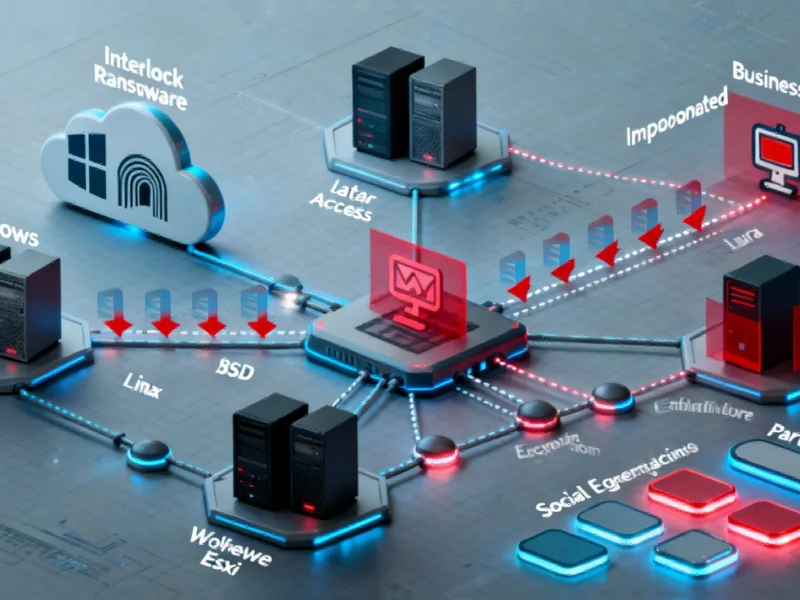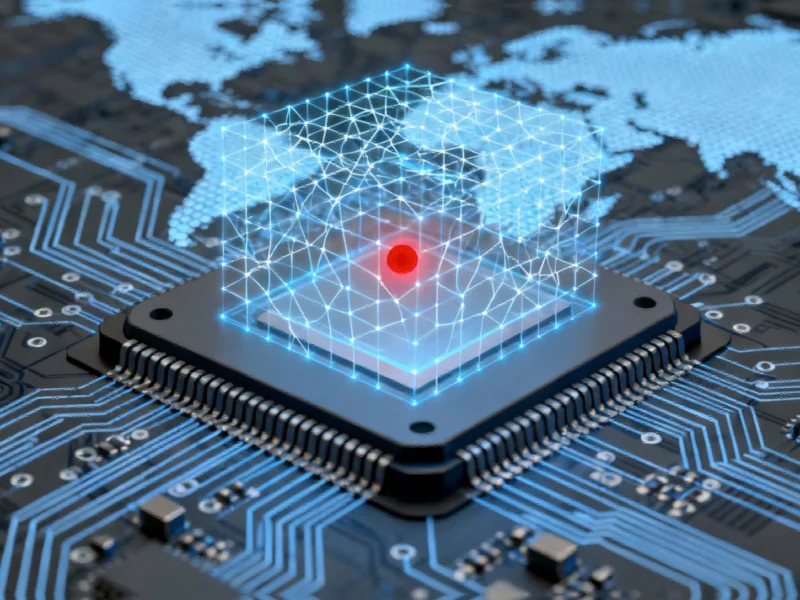Major Cybersecurity Breach at National Time Service Center
Chinese security authorities have disclosed what they describe as a sophisticated, long-term cyber intrusion campaign by US intelligence agencies targeting the country’s National Time Service Center. According to a detailed statement from China’s State Security Ministry, the operation represents a significant threat to critical infrastructure systems that rely on precise timing synchronization.
The ministry revealed that investigators uncovered evidence tracing stolen data and credentials back to 2022, with the attackers systematically compromising staff mobile devices and network systems. “The US National Security Agency has been carrying out a cyber attack operation on the National Time Service Center over an extended period of time,” the official statement noted, warning that successful breaches could have disrupted communication networks, financial systems, power supply operations, and international standard time synchronization.
Technical Exploitation and Attack Methodology
Security analysts identified that US intelligence operatives exploited a specific vulnerability in the messaging service of an unnamed foreign smartphone brand to gain access to staff devices beginning in 2022. This initial compromise allowed attackers to establish persistent footholds within the center’s network infrastructure.
The timing infrastructure represents one of the most critical components of national security, as precise time synchronization is essential for everything from financial transactions to power grid operations and telecommunications. Any disruption to these systems could cascade through multiple sectors of the economy and national security apparatus, security experts warn.
Broader Implications for Industrial Computing Security
This incident highlights growing concerns about the vulnerability of critical infrastructure to state-sponsored cyber operations. As nations become increasingly dependent on interconnected digital systems, the security of timing and synchronization infrastructure becomes paramount.
Industrial computing professionals should note that similar threats could target other critical infrastructure components. Recent industry developments in security protocols demonstrate how technology companies are responding to these evolving threats across different sectors.
Global Context and Response Strategies
The allegations come amid increasing tensions between major powers in the cybersecurity domain. Security teams worldwide are implementing more robust protection measures for critical infrastructure, including air-gapped systems, advanced intrusion detection, and comprehensive employee device management policies.
Meanwhile, recent technology advancements in on-device AI processing may offer new approaches to detecting and preventing such sophisticated attacks before they can compromise critical systems.
Protecting Critical Infrastructure Moving Forward
Security experts recommend several key measures for organizations managing critical timing and infrastructure systems:
- Implement multi-factor authentication for all system access
- Conduct regular security audits of third-party applications and services
- Establish comprehensive mobile device management policies
- Deploy advanced threat detection systems capable of identifying state-sponsored attack patterns
As detailed in our priority coverage of this developing story, the incident represents a significant escalation in cyber operations targeting national infrastructure. The security community continues to analyze the technical details to better understand the full scope of the threat.
These developments coincide with other market trends affecting the broader technology and industrial computing landscape, highlighting the interconnected nature of global digital infrastructure and the importance of comprehensive security approaches across all sectors.
This article aggregates information from publicly available sources. All trademarks and copyrights belong to their respective owners.
Note: Featured image is for illustrative purposes only and does not represent any specific product, service, or entity mentioned in this article.



